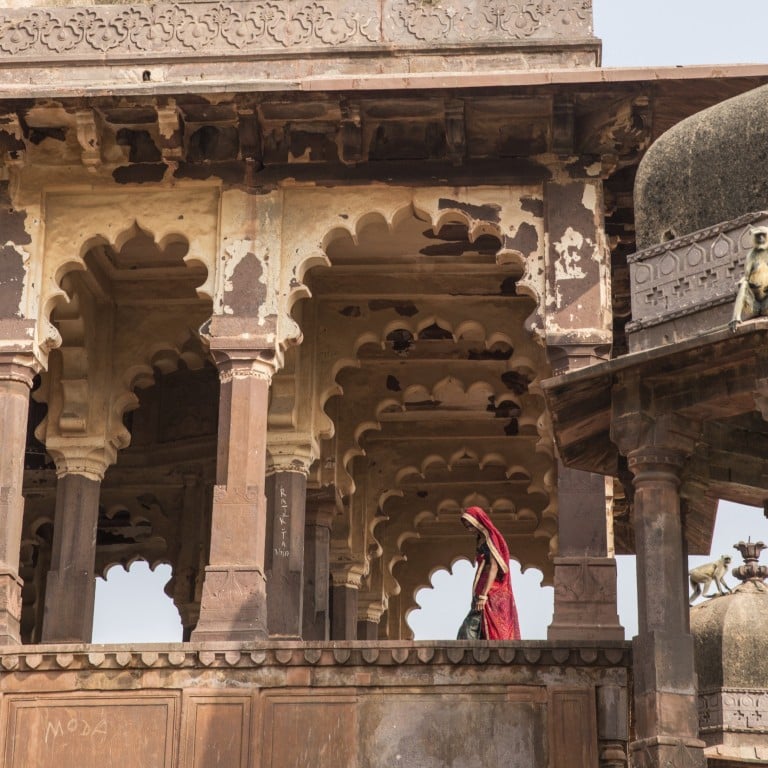How India has reclaimed heritage sites to create incredible luxury travel resort destinations

From Rajasthan to New Delhi, heritage sites, including a 230-year-old fort, converted to luxury hotels are sustainable options to preserve and revive existing buildings
The biggest advantage that India has for travellers is its sheer diversity of locations. Each area offers a little bit of everything to satisfy all age groups and interests, whether it’s the metropolises such as New Delhi and Mumbai, or the sandy beaches of Goa and Gokarna.
When it comes to bespoke experiences, India’s rich history stirs the imagination of discerning travellers. Rajasthan, often dubbed “Land of Kings”, embodies that very notion with its medieval forts and palaces. Its history is long and storied, from the Rajput dynasties and the Mughal and Maratha empires, to the emergence of the British East India Company.
Today, some heritage sites are being reclaimed as a sustainable option to preserve and revive existing buildings. Alila, a luxury hotel brand with properties in Asia, is one of a number of hotel groups with outfits in the Jaipur area.

On top of a granite hillock sits the 230-year-old warrior fort, Bishangarh. It has long outlived its original purpose of guarding the kingdom of Jaipur against invaders from the north. Surrounded by havelis (mansions), villages and temples in the Aravalli Range, it is now known as Alila Fort Bishangarh.
The fortress is owned by a Rajput leader and two entrepreneurs who together returned the original structure to its full integrity while reinventing it with 21st-century modernities. However, this did not come without challenges.
Less than a decade ago, the only inhabitants within the abandoned fort were colonies of bats and monkeys. One can only imagine the enormous disrepair and the decades of neglect. To return the building to any semblance of its former glory, the walls and other structures had to be strengthened and stabilised again. Finding circulation through three-meter-thick walls was another testing task, as was deciphering “the unconventional puzzle of the organic structure, which featured not a single 90-degree wall”.

And yet, from the original fortification in the upper and outer wings, Alila managed to carve out 59 suites in the curved and sloping walls of the existing turrets. And since the building had no typical floor plan, there were, all in all, 23 different room configurations; it took 1,800 hours to draw up every minute detail.
The outer plaster work was an exercise in experimental work. Numerous mixes of mortar using local stone dust were attempted to achieve the same “cracked” appearance of the existing plaster on the old walls.

A former abode of several kings, the fort’s 100,000 sq ft area is mostly finished in local sandstone, while only 30,000 sq ft of the space is covered in marble.